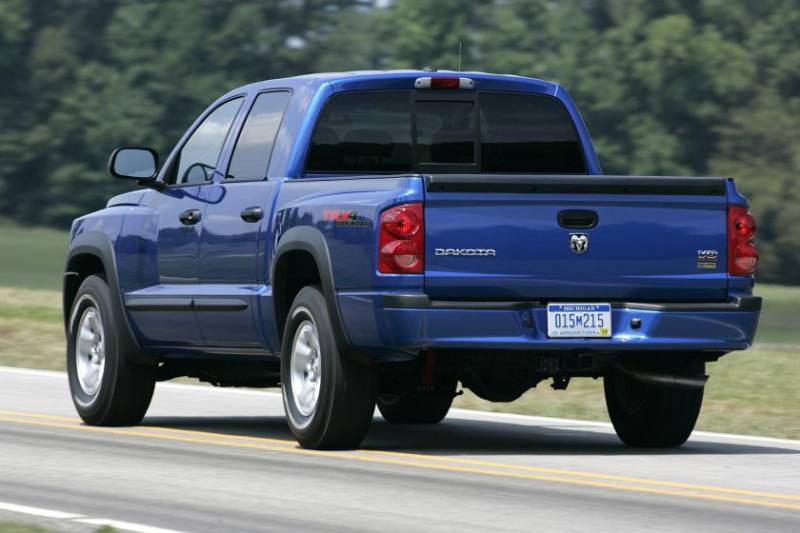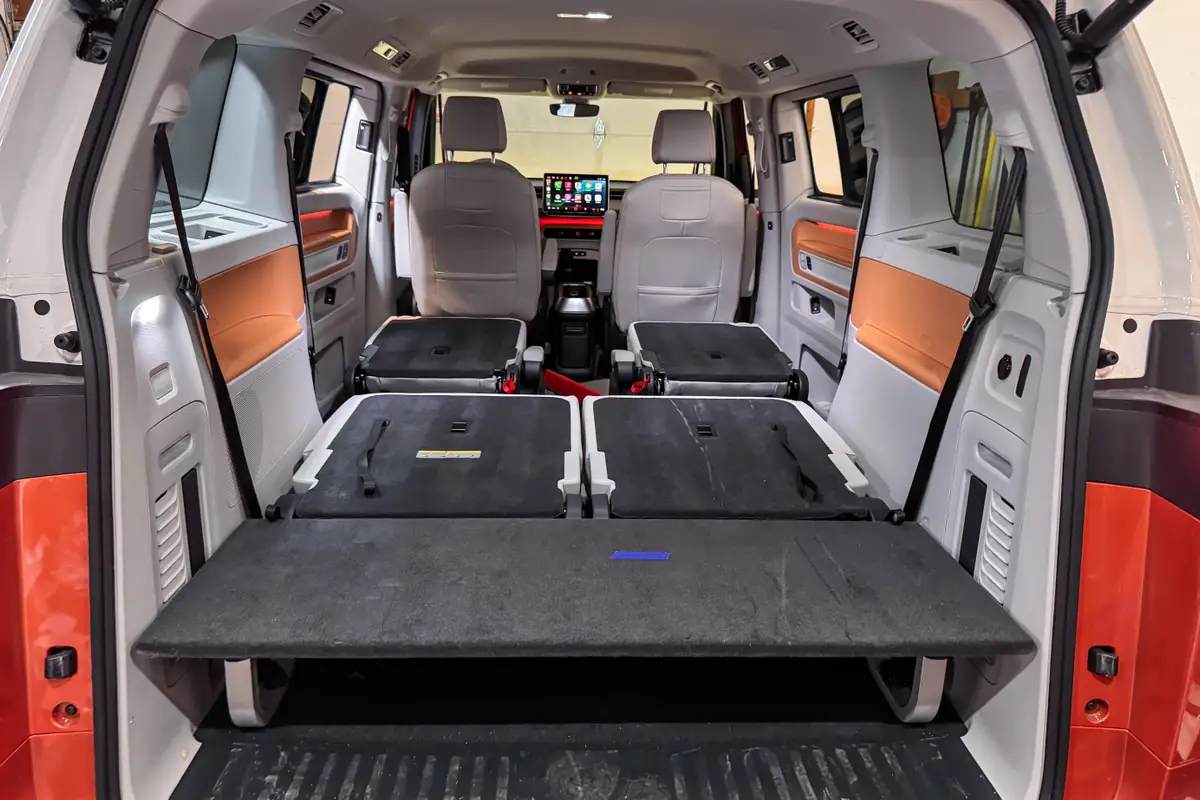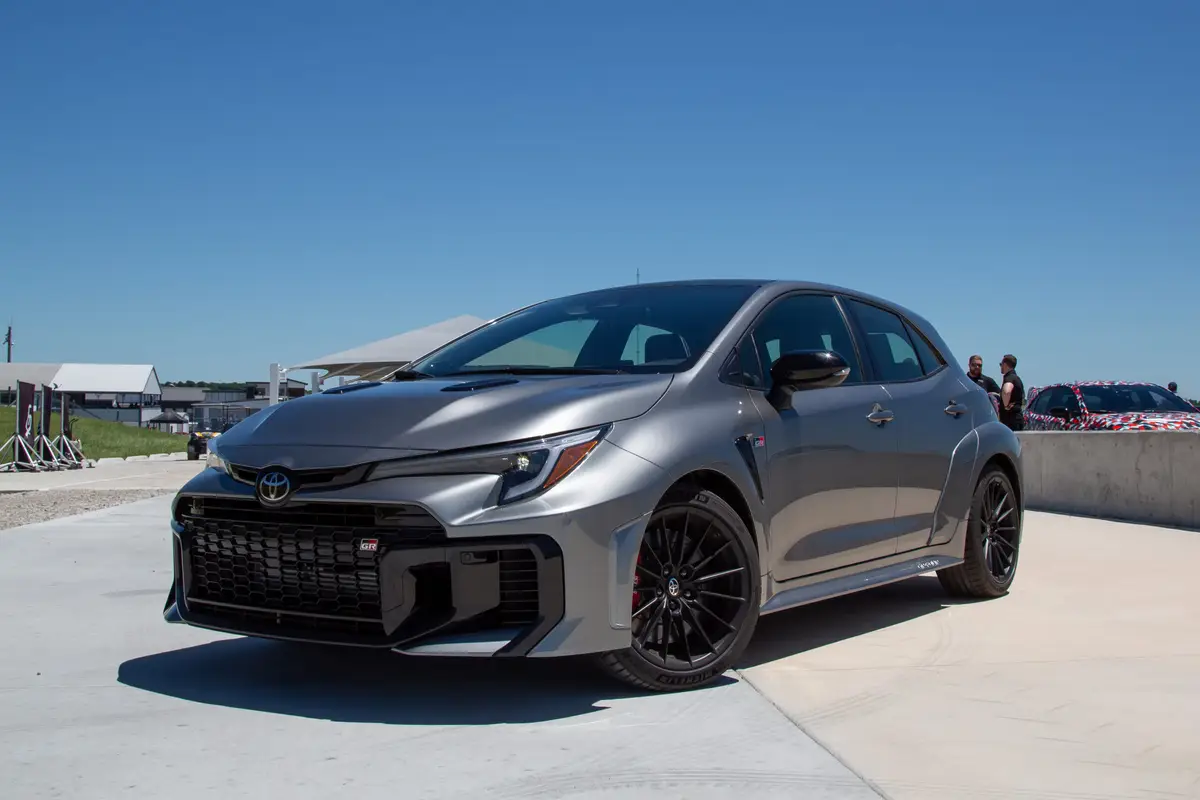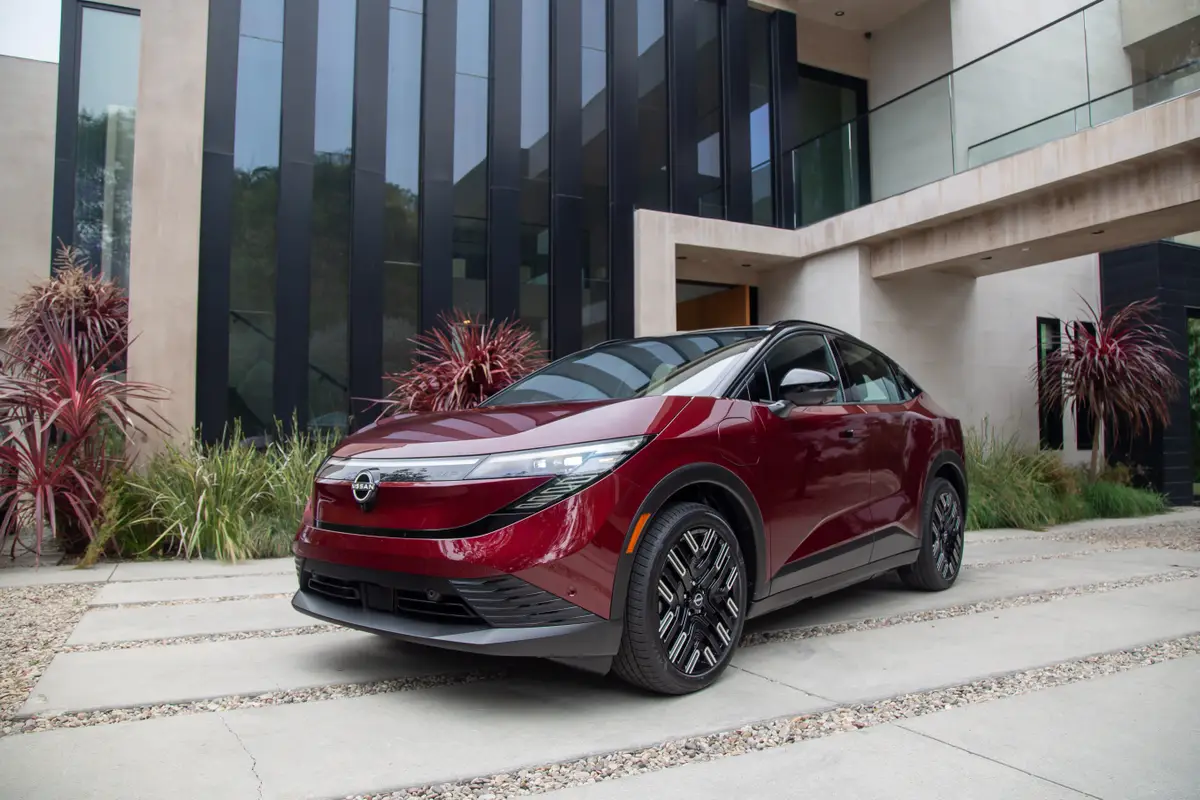It's Supposedly Coming, But What Will the Ram Dakota Be?

Manufacturer images
The current Chevrolet Colorado and GMC Canyon have done wonders reinvigorating the mid-size pickup truck class in the eyes of American automakers — so much so that Ford reversed its position and brought back the Ranger this year. The Toyota Tacoma continues to sell in great numbers, while Nissan soldiers on with its ancient Frontier. Fiat Chrysler Automobiles rejoined the class with the mid-size 2020 Jeep Gladiator, but the question remains: Will FCA bring back a mid-size pickup for the Ram brand? Will the Dodge Dakota ride again? We've compiled what we know, what FCA has said and some significant speculation. FCA said a mid-size Ram truck is coming, so the bigger question isn't "will they do it?" but rather "what will it be?"
Related:
FCA Said It's Coming Back
FCA does something that no other automaker does: It provides a five-year plan for its brands, including all the model information and rough timing, at regular intervals. The last one was a year ago, June 1, 2018, and it outlined what FCA plans to do for Ram brand in the next five years in terms of models, technology and image — and there it is, on Page 23, a mid-size pickup under a tarp, expected to arrive by 2022. Now, the five-year plan isn't exactly gospel — we're still waiting for a number of things promised in the 2014 plan for Dodge and Chrysler brands. A new Dodge Journey was promised for 2017, and where are the two Chrysler crossovers promised for '17 and '18? But the five-year blueprint tends to be a good guideline for what the company plans to do, and combined with comments from top FCA executives we're inclined to think a mid-size pickup is in the works. CEO Mike Manley admitted in a May 3 conference call that it remained a significant hole in the Ram lineup and that the company was committed to finding a solution, reported the Detroit Free Press.
Will the Dakota Be a Ram Gladiator?
The Gladiator is hard to be viewed as a direct competitor for the rest of the class as it's primarily an off-road vehicle based largely off the Jeep Wrangler JL SUV. Pricing is part of the problem since the least expensive Gladiator is just a bit more than $35,000, which is $10,000 more than the starting price of a Ford Ranger, $15,000 more than a Nissan Frontier and even $1,500 more than the least expensive Ram 1500 full-size pickup. Worse, it's around $5,700 more than the 2019 Ram 1500 Classic, which is the model-year 2018 Ram 1500 that's been kept in production largely for fleet buyers and frugal folks.
Using the Gladiator JT platform might be possible, as it's just a ladder frame with an attached body, like all Wranglers. The rear suspension is based on the Ram 1500's setup, albeit with a heavy-duty Dana 44 axle. But it would require an entirely new body and interior distinct from the Gladiator, which is not a cheap prospect for a lower-volume truck. A new powertrain would likely be on tap as well, perhaps using the turbocharged 2.0-liter motor found in the Wrangler but not found in the Gladiator. Lighter components would also almost certainly be needed, and a replacement for that solid front Dana 44 axle and recirculating ball steering would need to be engineered.
Then there's the question of whether the Toledo, Ohio, plant where the Gladiator is built can accommodate the volume of a new Dakota. Wrangler production is running full tilt, and Gladiator coming on board fills some of the remaining room at the complex, but not all. A 2018 report from Automotive News suggested that this is the most likely course of action. But Manley said in a May 2019 earnings conference that finding the right platform for the new mid-size Ram is the most difficult part of this endeavor: "Being able to find a cost-effective platform in a region where we can build it with low cost and
it still being applicable in the market is what they're struggling with at the moment."
Help From South America?
One alternative to the Gladiator-based platform might be to look internationally for Ram's mid-sizer. FCA already sells a small pickup in Latin American markets — the Ram 700. It's based on the Fiat Strada and is built in Brazil, but it's much too small to be considered a competitor for the Ford Ranger or Chevy Colorado. With seating for two or four, only 115 horsepower from a 1.6-liter four-cylinder, yet sporting a surprising maximum payload capacity around 1,500 pounds, it doesn't really match up well with the class here. A slightly more plausible alternative might be the Fiat Toro/Ram 1000, a larger four-door Latin American pickup based on the same platform as the Jeep Compass and Renegade slated for sale in Colombia. It features the same engines as the Jeeps, plus a foreign-market diesel engine and wouldn't be hard to modify for all-wheel drive. It could theoretically be built alongside the existing Compass in Toluca, Mexico, but again faces shortcomings for size, power and towing. Building it alongside the Jeep Renegade in Italy wouldn't work, as it would be subjected to the 1964 "chicken tax" that's still in place, which levies a 25 percent import tariff on all imported light trucks.
Replace the Ram 1500 Classic?
Another alternative might be to create a smaller, more compact version of the Ram 1500 pickup. This probably involves a lot more duplication of engineering effort for a much smaller volume than merely modifying the Gladiator platform, but the key here is where it could potentially be built. The looks set to continue to be built at FCA's Warren, Mich., plant and sold primarily to government and fleet customers. But it's serving the role that a mid-size Ram might fill, as it's less expensive and smaller (it's available in a regular-cab model, whereas the new-generation Ram 1500 is not). Reengineering the Ram 1500 Classic or even the latest Ram 1500 is no small or inexpensive task, so we think this is the least likely option.
In favor of this idea are the places such a truck could be built once the Ram 1500 Classic ends production. That plant will have space to fill that won't be entirely eaten up by the upcoming Jeep Wagoneer and Grand Wagoneer in the next couple of years. Putting a mid-size truck in there might help fill available capacity.
Whatever form the new Dakota takes, and whatever it actually gets named — Dakota seems logical, however, given the heritage and success that the resurrected Ranger has had — we'll be finding out in the next two years if Ram keeps to its published schedule.
More From PickupTrucks.com:
- [AB22]
PickupTrucks.com's Editorial department is your source for automotive news and reviews. In line with PickupTrucks.com's long-standing ethics policy, editors and reviewers don't accept gifts or free trips from automakers. The Editorial department is independent of PickupTrucks.com's advertising, sales and sponsored content departments.


Detroit Bureau Chief Aaron Bragman has had over 25 years of experience in the auto industry as a journalist, analyst, purchasing agent and program manager. Bragman grew up around his father’s classic Triumph sports cars (which were all sold and gone when he turned 16, much to his frustration) and comes from a Detroit family where cars put food on tables as much as smiles on faces. Today, he’s a member of the Automotive Press Association and the Midwest Automotive Media Association. His pronouns are he/him, but his adjectives are fat/sassy.
Featured stories




